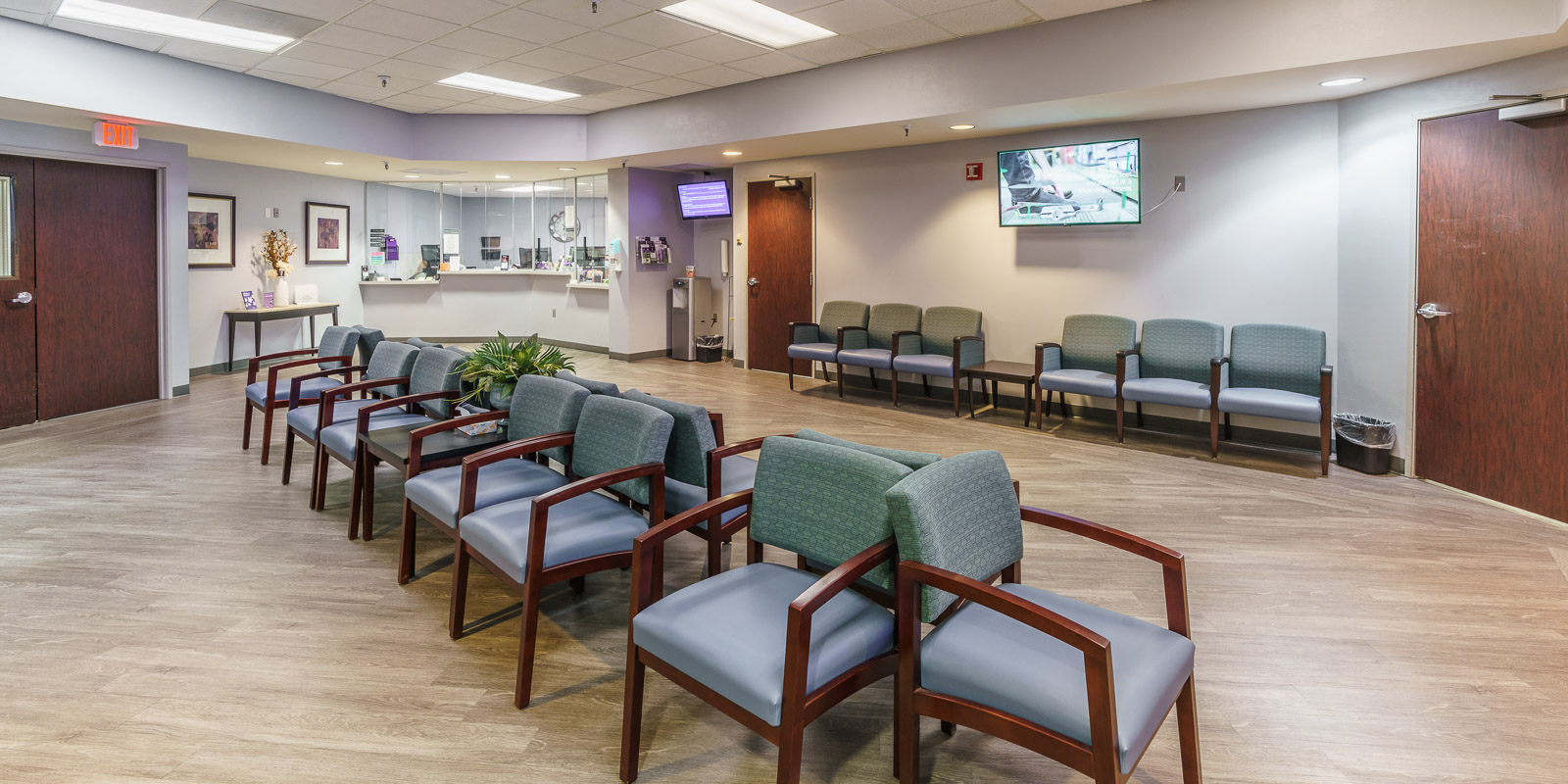
Arthritis Care
About
Every time you move, you utilize a joint in your body. Joint diseases like arthritis make moving painful, making everyday activities difficult. If this sounds like you, you’re not alone. More than 50 million adults have been diagnosed with arthritis. That’s 1 in 5 adults in the U.S.
Types of Arthritis
There are more than 100 types of arthritis. The most commonly diagnosed types, however, are:
Signs and symptoms of arthritis may vary depending on which type you have. However, the most common symptoms include pain, stiffness, swelling, redness and decreased range of motion.
Arthritis Diagnostics and Testing
Doctors can perform a variety of tests and procedures to diagnose arthritis and decide the best course of treatment. They may perform laboratory tests that require a sample of joint fluid. They may also use imaging and radiology tests such as X-rays, computerized tomography (CT) magnetic resonance imaging (MRI) and ultrasound.
Another method of testing is arthroscopy, which is when a small, flexible tube is inserted into the joint. The tube then transmits images to a video screen so the doctor can visually see the joint.
Arthritis Treatment
There are many methods of treatment for arthritis that are used to manage the pain, relieve symptoms and improve joint function. Your doctor will work with you to decide the best course of treatment for your particular type of arthritis. He or she will most likely choose one of the following:
Treatment Options
Surgery
If the above conservative treatments don’t work, your doctor may recommend a more invasive treatment such as orthopedic surgery. This may include joint replacement surgery, which removes the damaged joint and replaces it with an artificial one. This can be conducted on a variety of joints throughout the body. Another type of surgery is joint fusion, which fuses the end of two smaller joints, like those found in the wrist, ankle or fingers, to form one rigid unit.
Hunt Regional Healthcare is ready to care for any patient who may have arthritis or other orthopedic conditions. We understand the difficulty that arthritis can bring to everyday life, work and leisurely activities, but we’re here to help correct the problem as best as possible.



